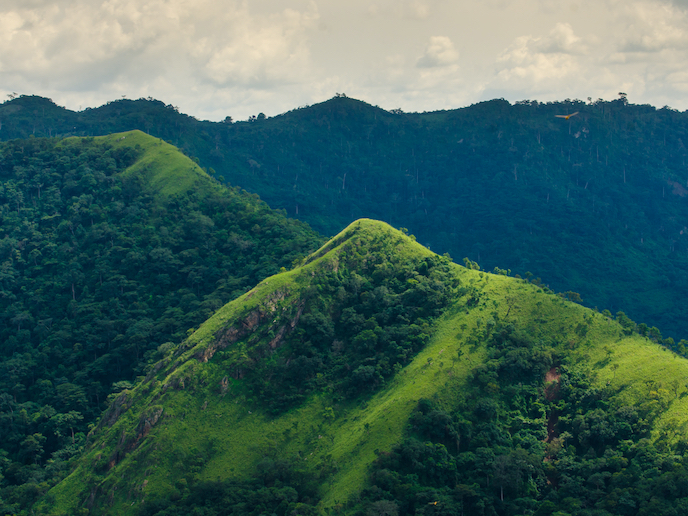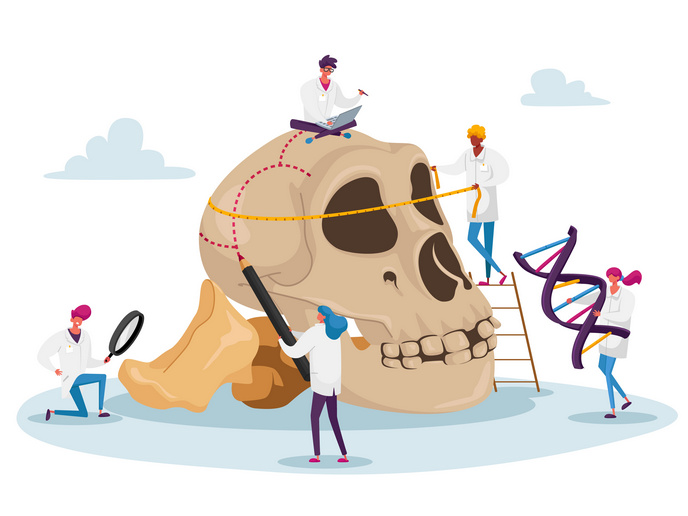West Africa: the final frontier in the study of human evolution
It has long been believed that Homo sapiens evolved from a single population located in a single place in Africa. However, new evidence is challenging this assumption. “Recent research suggests that humans evolved from a diverse set of African populations who lived in different regions, from present-day Morocco to South Africa,” says Eleanor Scerri, head of the Pan African Evolution Research Group(opens in new window) at the Max Planck Institute for the Science of Human History(opens in new window). In the aWARE research project, undertaken with the support of the Marie Skłodowska-Curie Actions(opens in new window), Scerri set out to get a better understanding of the range of environments and regions that shaped our species. “To help fill the gaps in our origin story, we conducted an archaeological investigation across West Africa, one of the final frontiers for the study of human evolution,” adds Scerri.
Groundbreaking discoveries
Scerri says that going into the project, she was unprepared for West Africa’s archaeological richness. “The first thing I had to do was strategise and decide which key sites needed to be prioritised,” she explains. “However, because these priority sites were often remote and well off the grid, I also needed to do a significant level of fieldwork planning.” The planning paid off, as Scerri’s fieldwork resulted in numerous groundbreaking discoveries. For example, the first and longest cultural phase associated with humans in Africa first emerged around 300 000 years ago. By 50 000 years ago, this original culture, termed the ‘Middle Stone Age’, began being replaced by a radically different one. This was happening everywhere in Africa, with the exception of West Africa, where the Middle Stone Age lasted another 20 000 years. “By 11 000 years ago, our research showed that groups of hunter-gatherers using very different material cultures coexisted in the same river valley,” remarks Scerri. “This is one of the earliest examples of cultural boundaries in the human record.” According to Scerri, the region’s remoteness and ecological diversity may have played a role in isolating West Africa from the new technologies and lifestyles that were spreading across the rest of the continent. “Evidence suggests that the region acted as a reservoir for material culture and possibly even biological diversity over time,” she adds. If this is true, then West Africa’s role in the human story may be incredibly important. “It’s always been assumed that early human groups in different regions of Africa frequently went extinct,” notes Scerri. “Finding areas where they could have survived – even thrived – for long periods of time helps us unravel the story of our success as a species.”
A critically important region
The aWARE project was the first of its kind to focus on human evolution in West Africa, conducting interdisciplinary fieldwork spanning several countries and ecosystems. As such, it laid the foundation for expanded studies and established West Africa as a critically important region for understanding human evolution – a region that we can no longer afford to ignore. “It was once considered a fringe statement to suggest investigating the whole of Africa as a means of understanding human evolution,” concludes Scerri. “Now, thanks in part to the work of the aWARE project, this is becoming the dominant view.”







